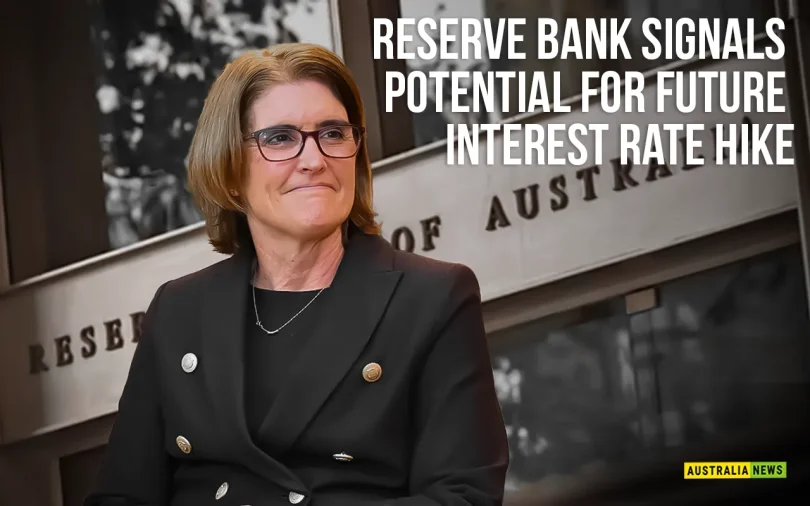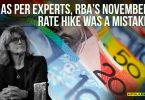The Reserve Bank of Australia (RBA) has forecasted the chances of an additional change in the interest rate because it is now a possibility that an inflation rebound may also rise on the market. The minutes published on Tuesday in relation to the Reserve Bank of Australia’s monetary policy meeting on May 6-7 revealed that inflation went up as planned, resulting in increased variability.
The board of the Reserve Bank of Australia (RBA) talked about how recent data showed higher risks related to an inflation rebound, which could make it difficult to predict if there will be changes in the cash rate target. Although there was discussion about increasing the interest rate, the board opted to keep the cash rate at 4.35%, which is the highest it has been in 12 years, because inflation was still decreasing, albeit at a slow pace.
The selection came after March quarterly inflation figures suggested new interest raising concerns. From the Australian RBA, the data suggested that there have been substantial changes in the economy nonetheless the current standing on monetary policy does not require adjustment. Yet, the central bank for some reason still expects inflation to get to the target level in the second half of the year 2025.
Recent data suggest that wage growth is at the highest level and the labor market is less tightened, leading traders to start expecting that the interest rate decreases. Currently, the markets are expecting a 50% probability of a cut in interest rates in December while a cut of 25 basis points is expected completely by April 2025.
UBS chief economist George Tharenou, UBS’s top economist, pointed out that the Reserve Bank of Australia is unlikely to tighten monetary policy further unless inflation rebound exceeds a high threshold. The board is prepared to accept higher inflation levels for an extended period of time. The RBA’s predictions anticipate inflation reaching its target range by mid-2025. Furthermore, UBS chief economist George Tharenou emphasized the central bank’s strategic approach.
Even with the RBA’s decision to keep interest rates steady, evidence indicates that households still have a negative outlook on the economy. In May, Westpac reported a 0.3% decrease in the Consumer Sentiment Index due to worries about ongoing inflation and possible future monetary policy changes. This feeling remains unchanged despite the government’s recent announcement of new measures to reduce the cost of living, such as substantial income tax relief starting July 1. The Westpac survey found that many households are anticipated to save a significant amount of the tax relief.
The RBA’s strategy with the series of interest rate increases since May 2022 is to slow down the economy without causing a downturn. The central bank balances the cost it might suffer from raising rates too high; the cost it might suffer from keeping inflation rates above its target of 2-3%. The RBA is also reluctant to effectuate changes to interest rates due to persistent inflation threats while exhibiting cautious attitude to economic challenges and constant monitoring of updated data. This approach demonstrates that the central bank is concerned with inflation and its effect on the general economy when increasing the interest rate.
- Published By Team Australia News






